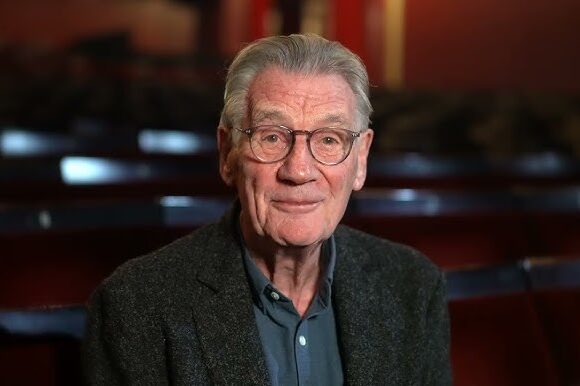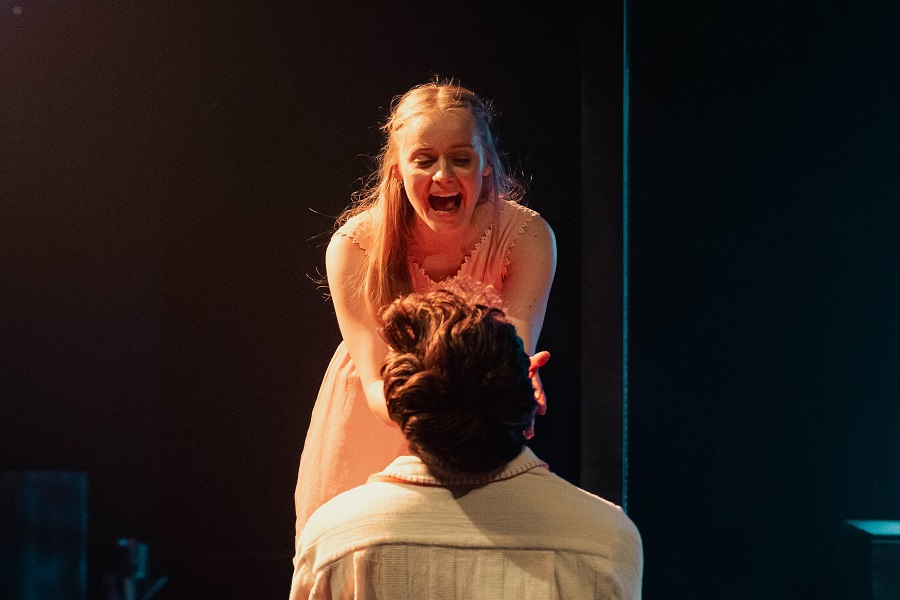
AT any point, any one of us can be left out, pushed out or feel like an outcast. But not in the process of creating “Belong”, presented by QL2, with dancers aged between eight and 18.
No one was left out of the collaborative process here, where the performers, new and experienced, collaborated with the choreographers and artistic director Ruth Osborne to create a dialogue as a team. “Belong” used connections, friendships, ideals and multimedia as inspiration for this series of short pieces.
The young dancers began by creating a series of tableaux, quickly and smoothly, with a different performer the “outsider” from the schoolyard clique, in each. Olivia Fyfe choreographed the schoolyard version of “The Lion Sleeps Tonight” (In the jungle/schoolyard…) incorporating the physical traits of animals, embodied by the performers. The dedication to the personalities and characteristics assumed by each dancer was evident and impressive. So, too, was the accuracy and confidence with which the piece was performed.
Exquisitely choreographed and beautifully performed was Jodie Farrugia’s “Disconnection”. Danced to Ólafur Arnald’s “Þú Ert Jörðin”, the pared-down strings provided a poignant soundtrack to the piece. Automaton-like dancers were manipulated by others to perform basic tasks, including walking, such was the focus and addiction to mobiles, screens and social media.
Unable to interact, even function without them, the replacement of genuine emotion with emojis deteriorated into the distress of drug-withdrawal symptoms when their devices were removed.
Music reminiscent of the “Trainspotting” soundtrack intensified the withdrawal reference. Both the thoughtful and impactful choreography and the expressive and skilful dancing made this unexpectedly moving and emotional to watch. The anticipated, optimistic denouement didn’t eventuate, leaving a sobering outlook for us in this digital age.
Farrugia’s piece “Connection” was playful and vibrant and required exact timing and team-work to execute. The stage was full of red costumes, and patterns, cleverly created with long elastics. Props were used to good effect, demonstrating our interconnectedness.
Segments of Luke Fryer’s choreography were more abstract in relation to the program notes. Dancers in black bomber jackets and dark denim performed a “noirish” piece, to a “Mission Impossible”-style soundtrack. The idea was that we should accept ourselves as the whole puzzle, rather than trying to achieve the “impossible” of fitting in around others. Fryer’s second piece about male superheros included acrobatic solos and exciting, well-executed choreography for a small, male ensemble. Rather than the ubiquitous power and energy of the stereotypical superheroes, these ones packed up their capes and headed home, exhausted.
Overall, “Belong” had a noticeable amount of one-on-one partnering, balancing elements, lifts and carrying, involving precision, trust and stamina, all of which were evident. Some errant timing in parts of the group dances was a small glitch in what was an engrossing team effort from a large group of dancers.
“Belong” was polished and well-rehearsed, with every dancer performing assuredly and committed to the performance. Both they and the artistic team are to be commended on a dynamic, engaging production.
Who can be trusted?
In a world of spin and confusion, there’s never been a more important time to support independent journalism in Canberra.
If you trust our work online and want to enforce the power of independent voices, I invite you to make a small contribution.
Every dollar of support is invested back into our journalism to help keep citynews.com.au strong and free.
Thank you,
Ian Meikle, editor



![Evie Hudson is a woman with amnesia, who forgets the last 13 years. Piecing her life back together, she navigates the harsh realities of coercive control.
Evie is the leading character in local author @emmagreyauthor's second novel Pictures of You.
Her debut book, The Last Love Note, sold more than 100,000 books worldwide within a few months of being published last year.
“I think that using amnesia really helped [show the effects of coercive control] because she had that sense of being completely lost in her own life,” Emma says of her new work of fiction.
To read the full story and find out more about this fabulous local author and her latest novel, visit our website at citynews.com.au or click the link in our bio! 📚✒️
#canberra #local #canberralocals #canberralife #australia #author #localauthor #Picturesofyou #coercivecontrolisabuse #dvawareness #bestsellingauthor #canberraauthor #localnews #citynews](https://citynews.com.au/wp-content/plugins/instagram-feed/img/placeholder.png)
Leave a Reply